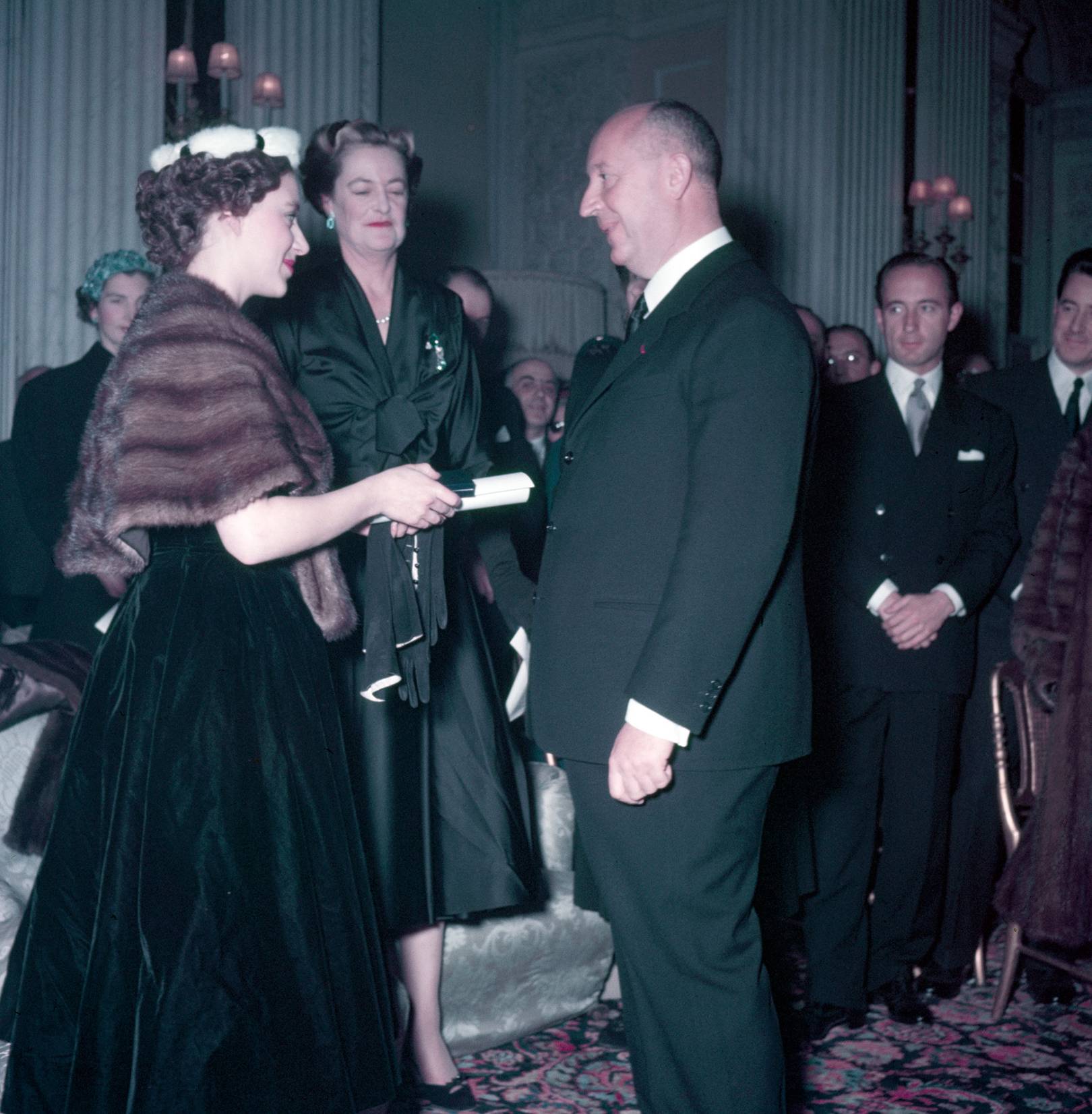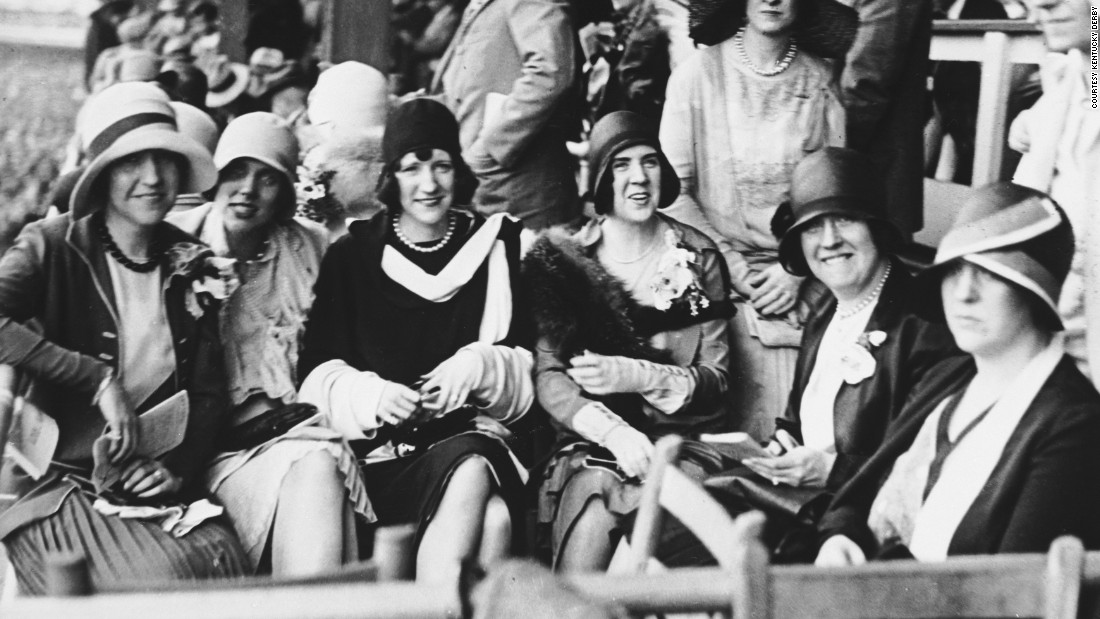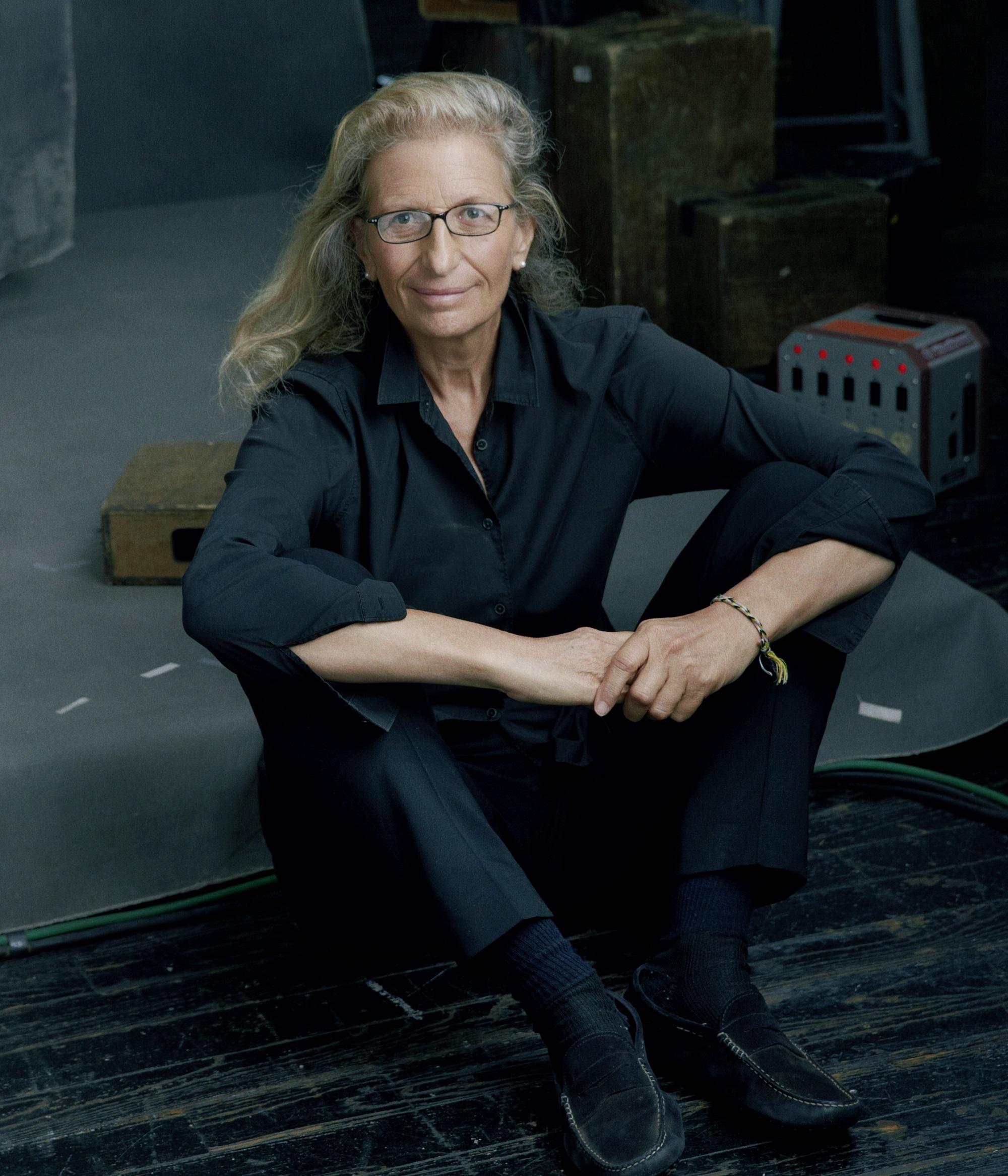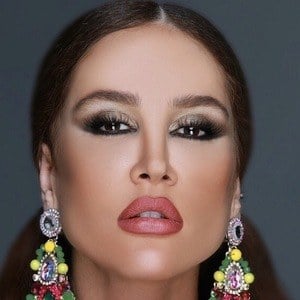talkingfashion » fashion history blog
-
Designer Spotlight: Christian Dior
Designer Spotlight: Christian Dior
By Paige McKirahan
As a household name in both the fashion world and among creatives alike, Christian Dior was the obvious choice for our designer spotlight this week. This French couturier was born on the coast of Normandy in 1905 as one of five children born to a wealthy fertilizer manufacturer. He moved to Paris at the age of 5 and used his artistic inclinations to sell his sketches on the streets for small change. Though his parents hoped that he would become a renowned diplomat, he was adamant about pursuing his art, prompting his father purchased a small art gallery for him to take over after he completed school. The gallery held a variety of artistic works by artists like Pablo Picasso and tiny but mighty gallery saw small success. Despite this, Christian was forced to close its doors in the wake of the Great Depression in 1929, the deaths of his mother and brother, and the demise of his father’s business.

Christian Dior Art Gallery (source)
Following this event, Christian began working with fashion designer Robert Piguet and did so for around 10 years until he was chosen for military service in 1940. He served for two years and then went to work with couturier Lucien LeLong who dressed the wives of Nazi officers and French collaborators in order to preserve the industry’s economic and artistic prosperity. During this time, Christian was the primary designer at LeLong’s fashion house and worked alongside Pierre Balmain which, as you may have guessed, is the founder of the Balmain fashion house created in 1946.
After working with and under some of the industry’s most prevalent names, Christian decided he was going to found his own fashion house; in December 1946, he founded the house of Dior in Paris and was backed by Marcel Boussac, a cotton-fabric Magnate. Many say that the house was not truly open until 1947, which is when Christian debuted his first collection.

New Look design from first Dior Collection (source)
This first collection, containing 90 different looks, was considered the pinnacle of the “New Look” as defined by US Harper's Bazaar magazine editor Carmel Snow. His designs were not aligned with the wartime fabric restrictions and featured calf length, full skirts, cinched waists, and fuller busts. The look garnered some criticism on account of its overall opulence, but it was this lavishness that allowed Paris to re-establish itself as a head player in the fashion world.
His was an immediate success and was overwhelmed with orders from world-famous icons like Rita Hayworth and Margot Fonteyn. The British Royal family even invited Christian to have a private showing of his collection despite the fact that King George V barred young princesses Elizabeth and Margaret from wearing his controversial New Look pieces. After he became an established name in the industry, he established his ready-to-wear house on New York’ 5th Avenue in 1948 as the first of its kind. His debut perfume line launched in 1948 as well with Miss Dior being his first fragrance, which was named after his sister.

Christian meeting Princess Margaret (source)
Not to be outdone by any of his counterparts, Dior was the first haute couture brand to license the production of its designs beginning in 1949. Christian realized that his New Look pieces worked hand in hand with one another and he along with his business partner Jacques Rouet saw the importance in licensing his name to an array of luxury accessories including furs, hats, stockings, and ties. This decision was met with great criticism as it was said to “cheapened the haute couture industry”. Regardless, his massive success with the endeavor inspired nearly all other couturiers to follow the same model.
In 1955, Dior hired 19-year-old Yves Saint Laurent as his design assistant and almost immediately knew that Laurent would be the one to succeed him at Dior. He told Laurent’s mother this at the age of 52 and she was quite confused about the remark until he suffered from a fatal heart attack in October of 1957 shortly after his meeting with her. His funeral saw over 2,000 attendees that included his staff and multitude of famous clients with the Duchess of Windsor at their head.
In the wake of Christian's death, Rouet appointed 21-year-old Laurent as the house’s artistic director in an effort to counteract the disarray caused by the event. He held the position until he was drafted and was succeed by Marc Bohan who defined a new era and silhouette for Dior that is known as the Slim Look. This modernized, sleek version of Christian’s iconic look proved to be a hit in the industry and he was an artistic director until 1989. Gianfranco Ferre followed him and then was replaced by John Galliano in 1997 as he was said to have a creative talent that aligned perfectly with Christian’s. Ferre and Galliano transformed the designs and Dior’s ready-to-wear lines shot up in popularity. Galliano’s name was plastered on headlines everywhere when fashion and philanthropic icon Princess Diana wore his first couture dress for the brand.

St. Laurent design for Dior, 1955 (source)
Galliano also was a pioneer in using branded logo motifs and he used that design to create his now iconic saddlebags that were in the hands of every it girl of the era. His brilliant work dazzles but also brought controversy, and he was eventually removed from his position after making anti-Semitic statements on film after a wild night out. Raf Simons then was appointed to the role of artistic director and was a great success from 2012 to 2016. After his departure, the decision surrounding who would succeed him was difficult but game-changing; Maria Grazia Chiuri, the former Valentino co-creative director, took over operations at Dior as the first female to hold the position. Her unapologetic approach empowers women and ensures the brands' success for years to come! We may not have any Dior in store, but we do have a great Saint Laurent piece sure to sate your designer appetite!
Sources:
Bannerman, S. L. (2018, July 19). The History of the House of Dior. Retrieved from https://theculturetrip.com/europe/france/articles/the-history-of-the-house-of-dior/
Sowray, B. (2017, August 23). Christian Dior. Retrieved from https://www.vogue.co.uk/article/christian-dior
-
Fashion Flashback: The Hot History of Hats
Fashion Flashback: The Hot History of Hats
By Paige McKirahan
To continue on with our historical evaluation behind some of the most iconic accessories of all time, it would only be appropriate to reflect on how hats came to be in celebration of Hat Day! Whether they be worn for fashion, protection, ceremonies, rituals, or utilitarian purposes, these head coverings have been a staple in the industry for thousands of years. Of course, this long history starts in ancient Egypt; one of the first images depicting a hat can be found in Thebes tomb and this illustration shows a man wearing a conical straw hat. They also first appeared in an early illustration of Pileus which depicted him wearing a simple small cap.

Ancient Egyptian Headwear (source)
In this time and throughout history, one of the most popular materials for hats is felt. The ancient Egyptians and Native Americans first discovered this material when they discovered that camel hair, when compacted into the floors of their sandals, contributes to the creation of this material. St. Clement, the patron saint of felt hat makers, was said to encounter the material in a similar fashion after filling his shoes with flax fibers.
In these ancient times, hats were generally worn either to signify high status or for protection from the elements. In Ancient Rome and Greece, Phrygian caps also referred to as Liberty caps, were used as symbols of freedom for exonerated slaves. The first brimmed caps were found in Ancient Greece and were worn by those seeking to protect themselves from the sun, typically those working in fields or in construction.
As headwear began to evolve, gendered styles came into play during the Middle Ages; women were wearing a variety of new head covering designs ranging from veils to wimples. Later in those years, women’s hats transformed into elaborate displays of wealth that sometimes featured two horn-like decorations or conical shapes.

Middle Ages Hat Styles (source)
The 18th century birthed newer designs created by milliners; the term was created to describe products made in Milan and other Northern Italian regions that were made with high-quality materials. One of the most popular hats of this time was the Shepherdess hat, which featured a large, sun-blocking brim. Bonnets were as popular women’s in fashion as top hats were for men, and both were made from silk at the time. Silk top hats were so popular and awe-inspiring that a man wearing once caused such a stir in the streets he earned himself a 500 dollar fine from inciting panic!
In the following century, hat’s widespread popularity began to rise and was considered to be very fashionable as more designs become available. Women’s hats started growing in size and opulence with many including feather details, circular constructions, and varying brim styles. Brim sizes saw a decrease with the introduction of the parasol umbrella, and then grew again as the 20th century grew closer. Hats also began adapting to popular hairstyles, accommodating new cuts and fashions as to not disturb one's overall look. The first Kentucky Derby occurred in this century and established itself as the largest hat fashion event in America (and it still is to this day!).

The 20th century saw hats in a new light entirely. Wars, constant rationing, and accompanying social and cultural changes had a huge impact on all aspects of fashion, including headwear. The cloche hat peaked in popularity, and round hats with decorative flowers were another favorite of fashion lovers everywhere. Towards the middle of the century, fashion icons like Jackie Kennedy popularized the pillbox hat, which was followed by the fedora for both genders. Berets, top hats, sombreros, western hats, and ball caps all fluctuated in popularity during this time, and some of these styles are still very well received by the public.
Today, hats are still a hugely popular accessory and have been made staples in many sporting, cultural, and social events. They aren’t typically worn for ornamental purposes with as much gusto as they once were, but sports caps, beanies, and sun hats are beloved accessories for casual wear in modern times. To get a piece of fashion history to have as your own, check our collection of hats
Happy Hat Day TalkingFashion Peeps!
Sources:
A Brief History of Hats. (2011). Retrieved from http://hatbox.com/hat-history.cfmHistory and Origin of Hats. (n.d.). Retrieved from http://www.historyofhats.net/hat-history/who-invented-hats/ -
Annie Leibovitz: A Favorite Fashion Photography Icon
Annie Leibovitz: Our Favorite Fashion Photography Icon
By Paige Mckirahan

One of our favorite fashion photographers of all time took the industry by storm in 1970 when she landed a job at Rolling Stone at the tender age of 21; Annie Leibovitz, born in Connecticut in 1949, is a world renowned portrait photographer most famous for her jaw dropping editorials that have dazzled the public for decades. Prior to the start of her high-profile career, Leibovitz studied at the San Francisco Art Institute where she discovered her passion for photography. After being offered a position as a staff photographer at Rolling Stone, she was quickly promoted to chief photographer after a mere two years and held that title for the following decade. Her success at the company gave her the opportunity to document the Rolling Stones band on their international tour in 1975, solidifying her icon status only a few short years into her professional career.

The Rolling Stones by Annie Leibovitz (Pinterest)
During her time at Rolling Stone, Leibovitz slowly began developing her legendary aesthetic that features bold primary colors and mind boggling poses. Many of her magazine cover shots are considered to be collector’s items; pop culture aficionados fight everywhere to get their hands on original issue of John Lennon Wrapped around Yoko Ono, which was the final photo taken of the Beatle before his death in 1980.
After leaving her position with Rolling Stone shortly after in 1983, Leibovitz was hired by Vanity Fair where she was presented with a wider variety subjects to feature in her enchanting portraits. Her over the top shoots would feature everyone from the president of the United States to teen heartthrobs that graced the pages of TigerBeat. Though her stunning photos have captivated the attention of millions, many are also famous for their controversial compositions; a very pregnant and nude Demi Moore, Caitlyn Jenner's first photoshoot as her true self, and Whoopi Goldberg half-submerged in milk all brought Leibovitz criticism after the profiles were released.

Whoopi Goldberg by Annie Leibovitz for Vanity Fair (Vanity Fair)
This amazing artist has also shot photos for a multitude of famous marketing campaigns, including a collection of American Express portraits depicting Tom Selleck, Elmore Leonard, and Luciano Pavoritti that won her a Clio Award in 1987. As woman of many talents, she has also taken photos at the Olympics, published multiple books featuring her work with accompanying essays, and became the first woman ever to have a solo exhibition at the National Portrait Gallery in Washington, D.C. in 1991.
Residing in New York City, Leibovitz is still hard at work today and remains an iconic figure in the photography world. With such a grand portfolio, we her knew work would feature the best of the best photos depicting some fabulous fashion accessory moments. Here are our top five favorite Leibovitz fur and glove shot finds! See anyone you know?
Lady Gaga By Annie Leibovitz for Vanity Fair

Sofia Vergara by Annie Leibovitz for Vanity Fair

Uma Thurman by Annie Leibovitz for Vogue

Cameron Diaz by Annie Leibovitz for Vogue
![[0e8e7d13d384e36e62c0e871faa09a2f-703850.jpg]](//3.bp.blogspot.com/_rvYt3gZ8luM/SL-kv13yVlI/AAAAAAAAKYs/-uNDYOfRa00/s1600/0e8e7d13d384e36e62c0e871faa09a2f-703850.jpg)
Drew Barrymore by Annie Leibovitz for Vogue

If these amazing photos have you feeling inspired, head over to our collection to snag some fur and gloves of your own that would be sure to stun in any Annie Leibovitz portrait!
Sources:
Annie Leibovitz. (2016, January 08). Retrieved from https://www.biography.com/people/annie-leibovitz-9542372
-
Designer Spotlight: Mandana Mani
Designer Spotlight: Mandana Mani
By Paige McKirahan

In the wake of our discussion regarding the top influencers of 2018, we were left wondering if there are any designers that use their platform to operate their own store (similar to our model!) After some research, we came across the fabulous Mandana Mani; this Iranian fashion designer born on January 12th, 1978 (Happy Birthday Mandana!), hails from Tehran and is the owner and creator of her namesake clothing brand, Mandana Mani. Mani posts her contemporary, classic designs on her Instagram account to over 300,000 followers almost daily and invites them to contact her where they can purchase the clothing directly as her pieces are exclusively sold online.

Her Instagram is vibrant and appealing as her stories feature great style inspiration that go hand in hand with her personal designs! Working as her own model, she commonly posts product photos of her wearing her pieces as part of a full outfit, giving the viewer a great idea of how the piece is tailored. She also is active on Telegram, where she frequently posts photos and videos of her clothing to supplement her Instagram feed. Her designs are mostly revolve around outerwear and she makes stylish coats for every season and gender.

Though she is very private about most aspects of her life, we do know that she is a lover of fashion and Jennifer Lopez. She also commonly pairs her beautiful outfits with a variety of colorful headscarves, making her a woman after our own hearts. This elusive fashion mogul was the obvious choice for our spotlight this week because as fellow online business owners and lovers of all things fashion, we could relate to her boss lady ethic! To see more of Mandana and her designs, check her out on Instagram at @mandanamani!
Sources:
Editors. (2018, December 5). Who is Mandana Mani? Everything You Need to Know. Retrieved from https://www.thefamouspeople.com/profiles/mandana-mani-43076.php
Learn about Mandana Mani. (2018). Retrieved from https://www.famousbirthdays.com/people/mandana-mani.htmlMani, M. (n.d.). Mandana Mani ™ (@mandanamani) • Instagram photos and videos. Retrieved from https://www.instagram.com/mandanamani/?hl=en -
Rossignol's Ski Success
Rossignal's Ski Success

Wherever you may be, are you surrounded by snow? If not, we will take you on a trip to Las Leñas Ski Resort, a beautiful spot in Mendoza, Argentina.
Today, I am sharing a personal experience from my teen years when I visited the beautiful Las Leñas for my first ski trip. My dad and I spent 15 days in the mountains going up and down all day long, as any typical first timer would do.
At night, we would go out around the resort area; most of the evenings my dad went to play cards, while I went out dancing in the some of the most fantastic nightclubs around the globe. What a blast it was! Some of these places were incredible-- I'm talking glass buildings with multiple activities happening on every floor. The music, people, clothes (it was 1986 so you can imagine); everything was amazing!It was during that trip when I got hooked to Rossignol Sunglasses. My first pair featured mirrored lenses held by a black frame. Rossignol, a French ski goods company, was founded in 1907 by Abel Rossignol; as a carpenter who was an avid skier, he used wood products from his textile company to craft a pair of skis out of solid wood.
Abel began selling his wooden skis, capturing the attention of recreationalists all across Europe. His work was highly regarded and sold well, putting his factory at the forefront during World War I when skis were needed for the Army. The company was shot to true global fame in 1937 when Frenchman Émile Allais became triple world champion using Rossignol Olympic 41 skis.

Allais began collaborating with Rossignol, and together they created dynamic designs and brought in a new partner Boix-Vives, a lift builder. He began funding their factory and Allais and Abel worked create laminated aluminum skis and then in 1964, the brand released its first fiberglass ski dubbed the Strato. In the following decade, Rossignol became the world’s largest ski manufacturer after the construction of an American distribution company.
Even though the company does not currently still hold that top spot, they remain one of the strongest ski brands in winter sports. The brand’s line of cold weather wear that includes skis, sunglasses, and other slope accessories has withstood the test of time and has been a cornerstone of the industry for over a century. With more Olympic and world titles than we can count on both hands, Rossignol is undoubtedly a trustable brand that delivers great products time and time again (and we attest to that!). Want some of this iconic ski wear of your own to help you brave the winter winds? Check out our Rossignol collection!
Sources:
Masia, S. (n.d.). 100 Years of Rossignol. Retrieved from https://www.skiinghistory.org/history/100-years-rossignol
Skis Rossignol. (2018, December 20). Retrieved from https://en.wikipedia.org/wiki/Skis_Rossignol




![[0e8e7d13d384e36e62c0e871faa09a2f-703850.jpg]](http://3.bp.blogspot.com/_rvYt3gZ8luM/SL-kv13yVlI/AAAAAAAAKYs/-uNDYOfRa00/s1600/0e8e7d13d384e36e62c0e871faa09a2f-703850.jpg)



